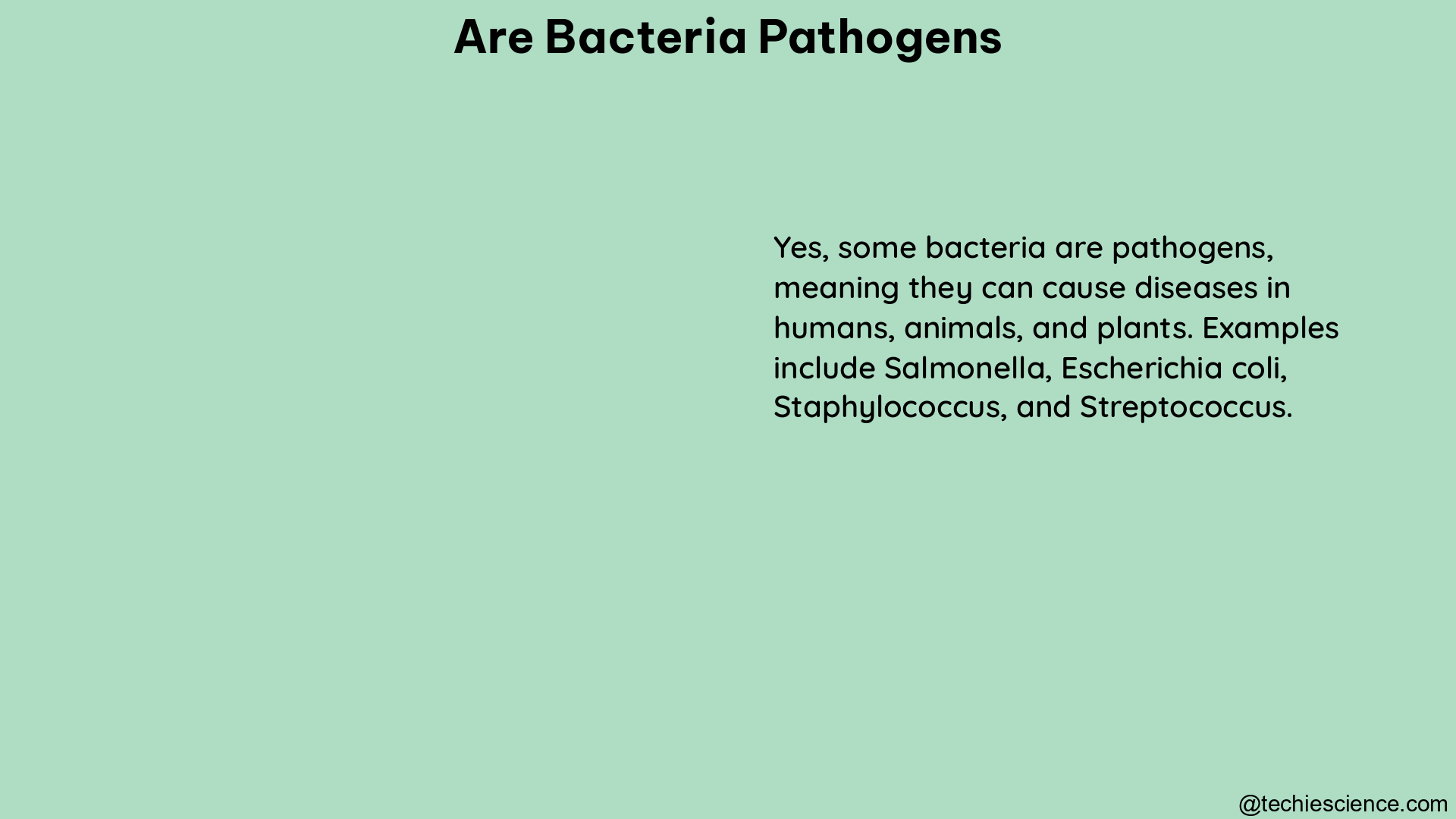Bacterial pathogens are microorganisms that can cause infectious diseases in humans, animals, and plants. Accurately measuring and quantifying these pathogens is crucial for understanding their prevalence, virulence, and potential impact on public health and the environment. This comprehensive guide delves into the various methods used to assess bacterial pathogens, their virulence, and the strategies for monitoring and detecting them in the environment.
Measuring and Quantifying Bacterial Pathogens
Culturability
One of the most common methods for measuring bacterial pathogens is culturability, which involves determining the ability of bacteria to produce a colony on solid media. This technique provides a direct count of viable, culturable bacteria and is widely used in microbiology laboratories. However, it is important to note that some bacteria may enter a viable but nonculturable (VBNC) state, where they are still alive but unable to grow on traditional culture media.
Metabolic Activity
Measuring the metabolic activity of bacterial pathogens can provide insights into their viability and potential for causing infection. Techniques such as ATP bioluminescence, which measures the amount of adenosine triphosphate (ATP) present in bacteria, can be used to assess the metabolic activity of pathogens. ATP is a crucial energy currency in living cells, and its presence indicates the bacteria are metabolically active and potentially infectious.
Membrane Integrity
Assessing the integrity of the bacterial cell membrane is another approach to quantifying pathogens. Techniques like propidium monoazide (PMA) treatment selectively enter and stain bacteria with damaged membranes, allowing for the quantification of viable but nonculturable (VBNC) bacteria. This method is particularly useful for detecting pathogens that may have entered a dormant or stress-induced state, which can be missed by traditional culturing techniques.
Virulence Quantification
The virulence of bacterial pathogens can be quantified using the infectious dose (ID) or lethal dose (LD) on a given population. The ID is the number of bacteria required to infect a certain percentage of a population, while the LD is the number of bacteria required to kill a certain percentage of a population. These values can be used to compare the virulence of different bacterial strains or species and assess their potential impact on human or animal health.
Monitoring and Detecting Bacterial Pathogens in the Environment

Monitoring and detecting bacterial pathogens in the environment is crucial for public health and environmental protection. The Environmental Protection Agency (EPA) recommends monitoring for microbial pathogens and indicators in watershed projects, especially when combined with microbial source tracking (MST) for pathogen source assessment.
Grab Sampling
Grab sampling is the most common approach for collecting samples to test for fecal indicator bacteria (FIB) or pathogens. The timing of sample collection for FIB may be tied to known or suspected seasonal patterns or to compliance monitoring requirements for dry vs. wet-weather sampling.
Microbial Source Tracking (MST)
Microbial source tracking (MST) is a powerful tool for identifying the sources of bacterial pathogens in the environment. MST techniques, such as genetic fingerprinting or host-specific marker analysis, can help distinguish between human, animal, or environmental sources of pathogens, allowing for more targeted mitigation efforts.
Emerging Technologies
Advances in technology have led to the development of new tools for the detection and quantification of bacterial pathogens. Nano-biosensors, for example, can be used to rapidly and accurately detect the presence of pathogenic bacteria in environmental samples. These innovative approaches can complement traditional culturing and molecular methods, providing a more comprehensive understanding of the prevalence and distribution of bacterial pathogens.
Conclusion
Measuring and quantifying bacterial pathogens is a critical aspect of understanding their impact on public health and the environment. By employing a range of techniques, including culturability, metabolic activity, and membrane integrity assessments, researchers and public health professionals can gain valuable insights into the viability and virulence of these microorganisms. Additionally, the monitoring and detection of bacterial pathogens in the environment, through methods like grab sampling and microbial source tracking, are essential for identifying and mitigating the risks they pose. As technology continues to evolve, new tools and approaches will undoubtedly emerge, further enhancing our ability to measure, quantify, and manage bacterial pathogens effectively.
References:
- Trinh, K. T. L., & Lee, N. Y. (2022). Recent Methods for the Viability Assessment of Bacterial Pathogens: Advances, Challenges, and Future Perspectives. Journal of Microbiological Methods, 182, 116554.
- Shen, Y., Xu, J., & Zhang, Y. (2021). Nano-biosensors for the detection of pathogenic bacteria. Nano Today, 36, 101082.
- Microbiology (OpenStax). (2024). How Pathogens Cause Disease. Retrieved from https://bio.libretexts.org/Bookshelves/Microbiology/Microbiology_%28OpenStax%29/15:_Microbial_Mechanisms_of_Pathogenicity/15.02:_How_Pathogens_Cause_Disease
- Monitoring for Microbial Pathogens and Indicators. (2013). EPA. Retrieved from https://www.epa.gov/sites/default/files/2016-05/documents/tech_notes_9_dec2013_pathogens.pdf

Hello, I am Bhairavi Rathod, I have completed my Master’s in Biotechnology and qualified ICAR NET 2021 in Agricultural Biotechnology. My area of specialization is Integrated Biotechnology. I have the experience to teach and write very complex things in a simple way for learners.